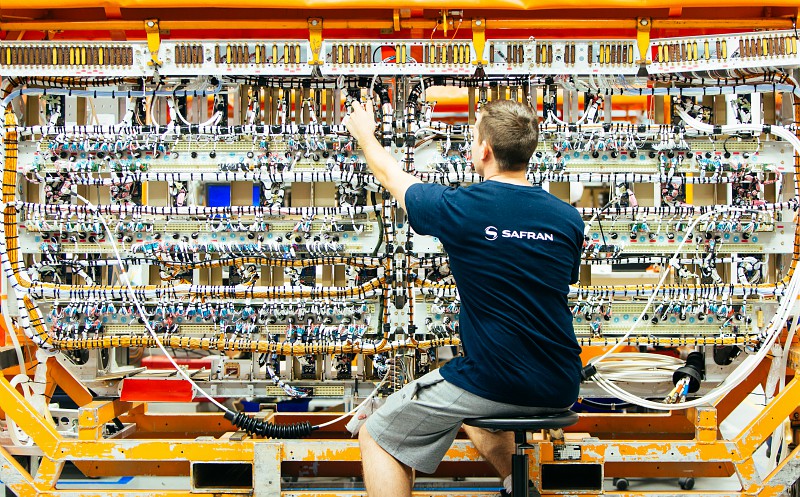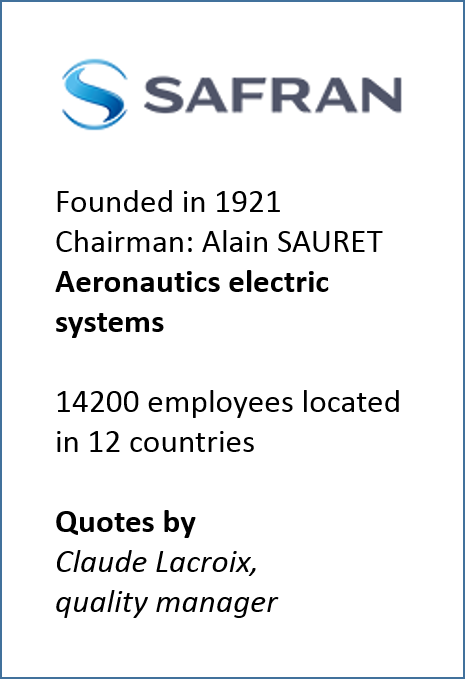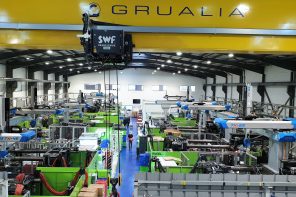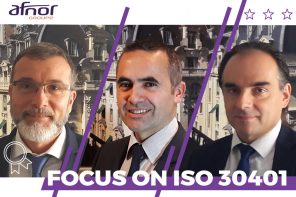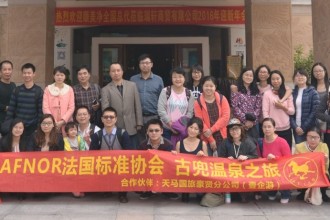[columns_row width=”two-thirds-and-third”]
[column]
Labinal Power Systems called on AFNOR Certification to follow up its EN 9100 certification audit. Once again, the results were conclusive: the company’s quality policy satisfies the guidelines laid down in the voluntary standard at 40 sites around the world.
You have obtained EN 9100 certification with a so-called “complex” structure. Can you explain what that means?
The EN 9100 standard describes a quality assurance system for the aerospace industry. Consequently, it serves as a roadmap for our company. Labinal Power Systems is active throughout the onboard power systems chain and represents Safran’s powerhouse in the “more electric aircraft” sector.
AFNOR Certification confirmed that we were complying with best practices at all our sites around the world, irrespective of their core business, whether engineering, power systems manufacture, cabling or administration and management. According to the standard, our organization has a “complex” structure, because our various sites do not share any similarities. Organizations can be classed according to four categories: “single” (a single site, namely head office), “multiple” (different sites, but manufacturing the same product), “several” (sites manufacturing different products, but using the same processes) and “campus” (sites receiving the same product one after the other).
How does this type of strategy create value?
Single certification has the advantage of strengthening the synergistic ties between different entities, between different trades and between teams with different specializations. The organization has therefore gone from four quality manuals to just a single quality manual. It creates greater unity for a company such as ours, which has grown in piecemeal fashion as various Safran entities have been added and external acquisitions made. We are using certification and our single management system to take a critical look at all our processes with the aim of delivering flawless product quality. Our customers are sticklers for quality, just as we are towards our own suppliers. In this case, EN 9100 certification acts as a rubber-stamp, since customers do not need to check their supplier at every turn. The new version of the standard is due for release and will amplify this particular effect.
How did you implement the approach with respect to human resources?
For the re-certification audit and throughout the three years, we wanted the audit team leader to have the best possible insight into all our sites and meet all the auditors abroad (a total of eight). Therefore, we asked him to take part in the audit of our main sites with support from a local auditor, who subsequently audited the smaller sites. We prioritized local auditors for the follow-up audits to reduce travel costs to an absolute minimum.
Should certification be seen as focusing the spotlight on a sector with tremendous prospects, namely less polluting aircraft?
New aircraft designs call for greater use of electrical control systems to replace the functionality previously performed by hydraulic fluids. Examples include braking and green taxiing, which refers to when the aircraft is moving from the terminal to the runway and vice versa. In the future, aircraft will taxi using electric motors. But the challenge of reducing the environmental impact cannot be achieved without also addressing two other fundamental issues, i.e. weight savings and greater flight safety.
[/column]
[column]
[button content=”Find out more on EN 9100″ color=”yellow” text=”black” url=”http://www.boutique-certification.afnor.org/certification/certifications-en-9100-en-9110-en-9120″ openin=”_blank”]
[/column]
[/columns_row]

